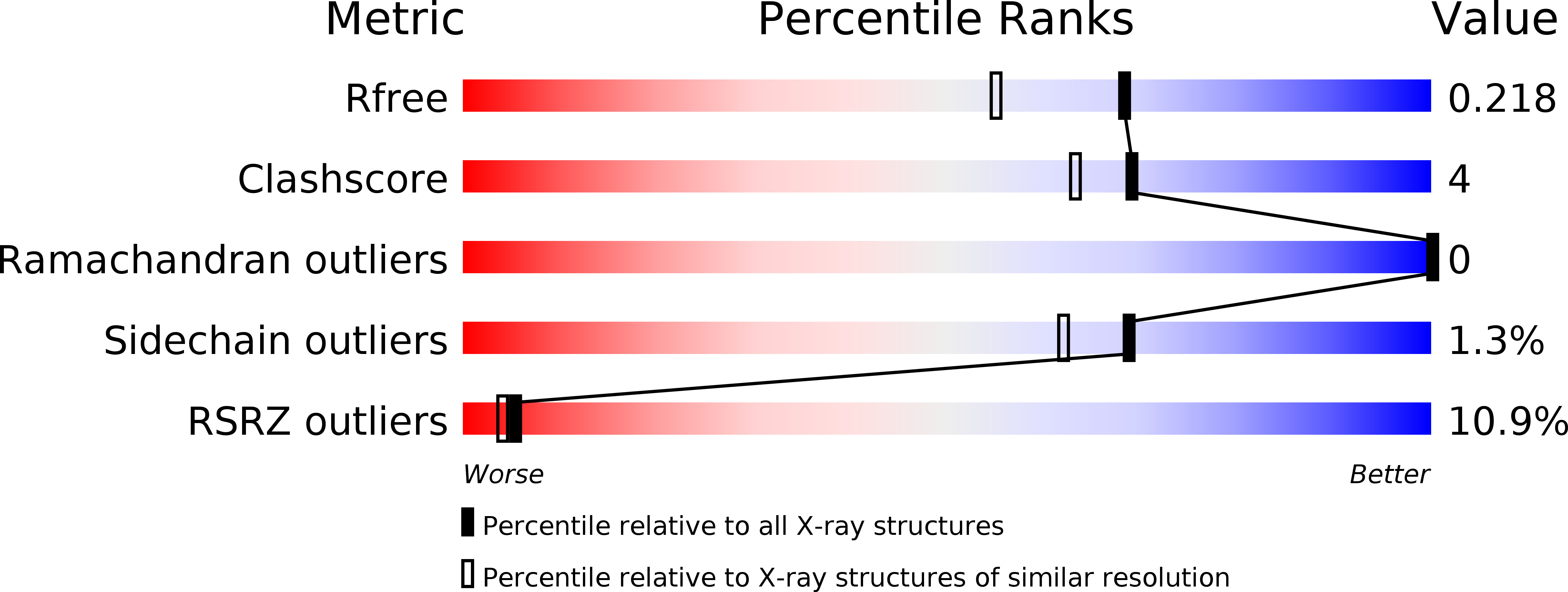
Deposition Date
2012-01-27
Release Date
2012-05-23
Last Version Date
2024-11-27
Entry Detail
PDB ID:
4DGY
Keywords:
Title:
Structure of the Hepatitis C virus envelope glycoprotein E2 antigenic region 412-423 bound to the broadly neutralizing antibody HCV1, C2 form
Biological Source:
Source Organism:
Homo sapiens (Taxon ID: 9606)
Hepatitis C virus (Taxon ID: 11103)
Hepatitis C virus (Taxon ID: 11103)
Host Organism:
Method Details:
Experimental Method:
Resolution:
1.80 Å
R-Value Free:
0.22
R-Value Work:
0.18
R-Value Observed:
0.18
Space Group:
C 1 2 1


